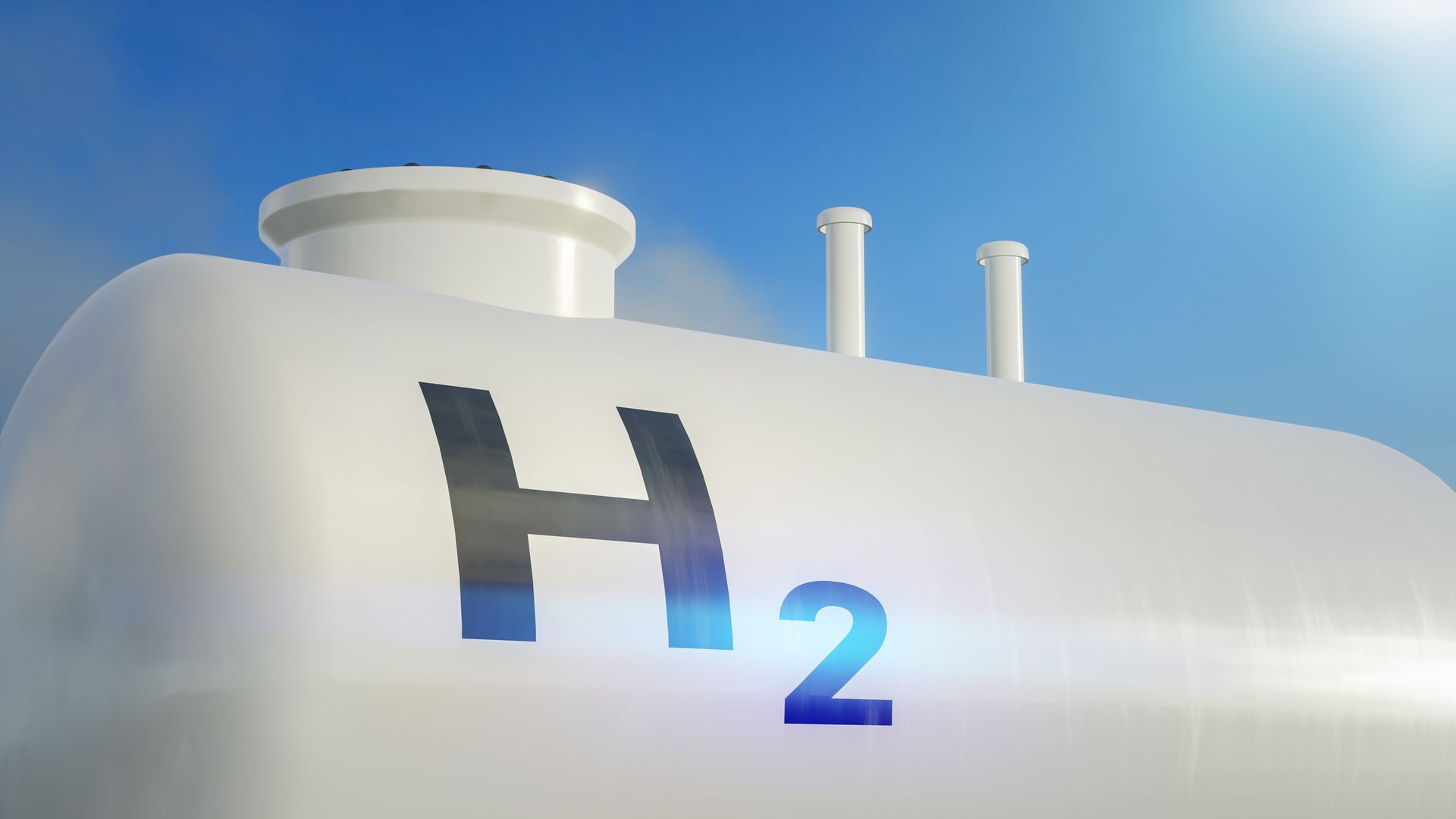A team of researchers at Oregon State University has created a groundbreaking material that can change sunlight and water into clean energy.
The discovery opens up new paths for producing hydrogen, a clean fuel that could help reduce harmful gases in the air.
Creating hydrogen from water with photocatalyst
The researchers made a special substance called a photocatalyst.
This photocatalyst can split water molecules using sunlight to make hydrogen very quickly and well. Hydrogen is a clean fuel that can power cars and help make many useful things like fertilizers and plastics.
Usually, we get hydrogen from natural gas, which isn’t good for the environment. This new way of making hydrogen could be much cleaner.
The team worked together under Kyriakos Stylianou from the OSU College of Science. They used special materials called metal-organic frameworks (MOFs) to make their photocatalyst. MOFs are tiny structures made of metal ions and organic molecules.

They have very small holes and can be designed in different ways to do different jobs.
In this case, the researchers used a MOF to make something called a metal oxide heterojunction. This is a mix of two materials that work well together. They named their creation RTTA.
How does the Water Splitting magic happen?
The RTTA photocatalyst is made of two main parts: Ruthenium oxide and titanium oxide.
The researchers added small amounts of sulfur and nitrogen to the titanium oxide to make it work better. When sunlight shines on RTTA, it can split water molecules into hydrogen and oxygen very quickly.
The team tested different versions of RTTA with different amounts of ruthenium oxide and titanium oxide. They found that one version, called RTTA-1, worked the best. This version had the least amount of ruthenium oxide.
RTTA-1 could make a lot of hydrogen very quickly. In just one hour, one gram of RTTA-1 produced over 10,700 micromoles of hydrogen. That’s a huge amount! It also used light very well.
For every 100 light particles (called photons) that hit RTTA-1, 10 of them helped make hydrogen. This is called a 10% quantum yield, which is very good for this kind of process.
Why it works so well?
The researchers think RTTA-1 works so well because of how its different parts work together.
The metal oxides have special properties that help move electrons around. The surface of the material, which comes from the original MOF, also helps with this. When all these things work together, it makes hydrogen production happen very fast and well.
What is green computing, can it save our planet?
This study shows that using MOF-derived metal oxide heterojunctions as photocatalysts could be a great way to make hydrogen in the real world. It’s an important step towards making clean energy in a way that doesn’t harm the environment.
A cleaner way to make hydrogen
Right now, most hydrogen is made from natural gas in a process called methane-steam reforming. This process releases carbon dioxide, which is bad for the environment. The new photocatalyst method is much cleaner because it only uses water and sunlight.
Some people already make hydrogen using electricity and water, which is called electrocatalysis. But for this to be good for the environment, the electricity needs to come from renewable sources like wind or solar power. It also needs to be cheap to compete with the old way of making hydrogen.

Stylianou, the lead researcher, says that water is a great source of hydrogen because there’s so much of it. Using sunlight to split water into hydrogen is a way to use the sun’s energy, which we have plenty of on Earth.
One possible issue is that ruthenium oxide, one of the materials used in the photocatalyst, is expensive. However, Stylianou points out that they only use a very small amount in their photocatalyst. If the catalyst works well and lasts a long time when used in real-world applications, the small amount of expensive material becomes less important.
This new photocatalyst is an exciting development in the world of clean energy. It shows that we can find new ways to make the fuels we need without harming the environment. As research continues, we might see more advances that make clean hydrogen production even better and cheaper.
Featured image credit: FP_atkwork/Freepik





